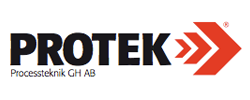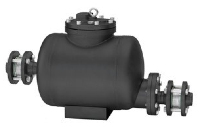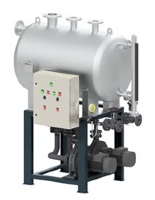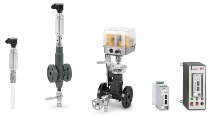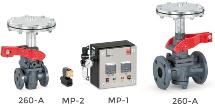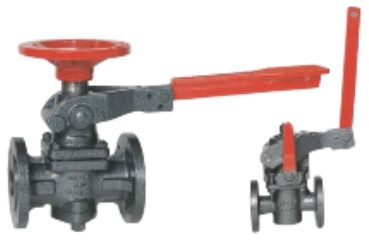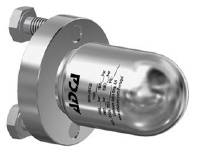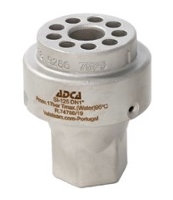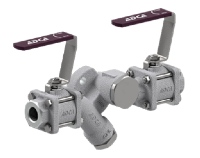APST
The ADCAMAT APST (Automatic Pump and Steam Trap) is especially recommended where a stall condition may occur due to poor steam trap condensate discharge, caused by temporary insufficient differential pressure. The equipment has the features of a float steam trap combined with a pressure operated pump in the same unit.
MATERIAL: Carbon and stainless steel
SIZES: DN 40 x 40, DN 50 x 50,1½ x 1½”,2” x 2”
CONNECTIONS:
Flanged EN PN16
Threaded ISO 7 Rp
Others on request
MAX. MOTIVE PRESSURE: 10 bar
FLOW RATE CAPACITY: 3910 kg/h
RATING: PN16
